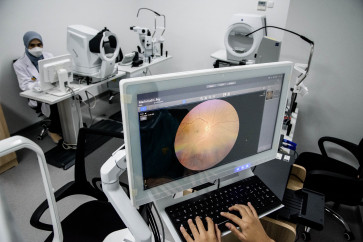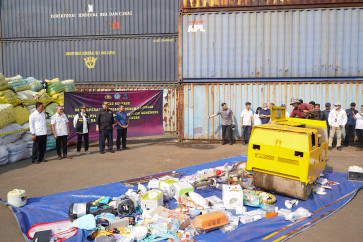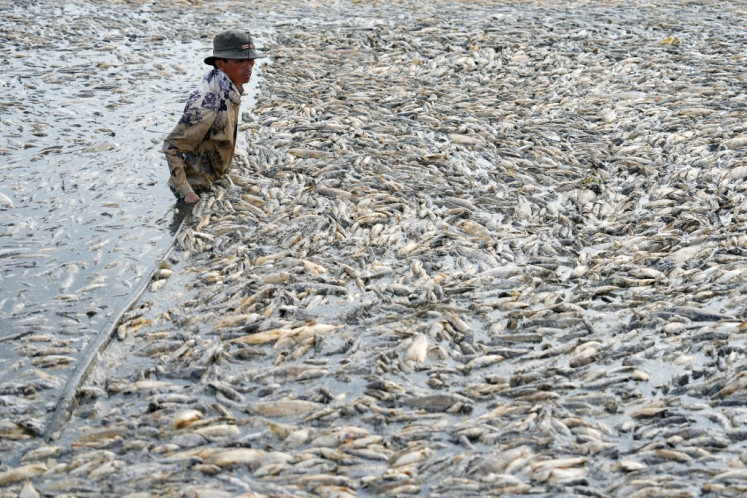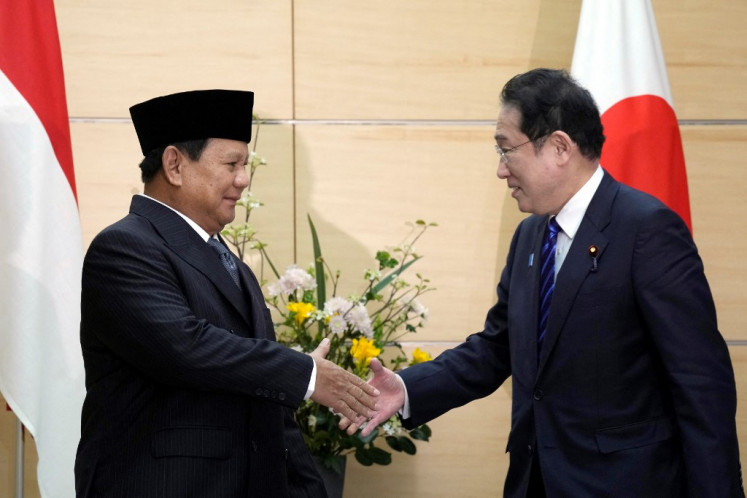Building back better, safer and stronger
One year ago, I flew over northern Cebu with Margareta Wahlström, the UNâs head of disaster risk reduction, to assess the damage Typhoon Haiyan had wreaked across the Philippines
Change Size

O
ne year ago, I flew over northern Cebu with Margareta Wahlström, the UN's head of disaster risk reduction, to assess the damage Typhoon Haiyan had wreaked across the Philippines.
I still remember her words vividly. Haiyan must serve as a 'wake-up call' for countries.
We were travelling by helicopter ' one of the only ways to get around ' after Typhoon Haiyan (known locally as 'Yolanda') hit the Philippines; an unprecedented Category 5 storm that affected two-thirds of the country.
From my seat, I had a bird's eye view of the disaster area ' and it was a chilling sight.
Houses had been washed away, coconut trees were flattened and mountains upon mountains of rubble could be seen, burying everything from fridges to bodies.
The typhoon killed more than 6,200 people and affected over 14 million across the 44 provinces. As Humanitarian Director at children's charity, Plan International, it is unfair to say the Philippines was unprepared for the typhoon. After all, this is a country that literally lives between disasters.
Yet, that's not something the media was or is particularly interested in. The Philippines was only just getting over one disaster ' a magnitude 7.2 earthquake ' before this one struck.
It was yet another test to the country's disaster preparedness measures, which if in place can be 10 times more effective than the response itself.
Did the communities understand the importance of evacuation and the devastating impact a tsunami-like wave could have, rather than being forced to evacuate?
Were the evacuation centres ' many of which were schools ' built to withstand the strength of this typhoon?
Did communities feel safe and supported? Were they assured that their homes would not be looted while they were away? Were the emotional needs of children accounted for?
The answer, for some communities, was yes. But for many, it was no.
Haiyan wiped out many towns across Eastern Samar.
Yet, in a few of the communities my organization, Plan International, had been working with local authorities to drill people in evacuations.
In Balankayan, Eastern Samar, the chart declared 'zero dead, zero missing, zero injured' of its 10,226 population. Yet neighbouring towns saw scores killed when the wrong buildings were chosen as evacuation centres or people stayed put.
Although Llorente was spared the most violent clutches of the typhoon, one third of the population still evacuated and followed the tsunami evacuation routes set up by Plan, escaping up a set of stairs to a safety shelter.
Once Haiyan had passed, they were able to help their neighbouring communities.
It proves that preparedness works and it's imperative that these measures are put in place across the country as the Philippines embarks on its journey to build back better and safer.
For me, I care about the number of casualties from the many typhoons that will and do hit this archipelago. They are not statistics; they are people, families, children and lives to be saved ' if appropriate measures, such as stronger roofing, protection against landslides or safer schools, are put in place.
Investing in disaster preparedness can and will save many lives ' and for Filipinos, this starts from a young age.
This disaster-prone nation has publically committed to be a role model for safe schools and deliver a strong message to the 2015 World Conference on Disaster Risk Reduction in March 2015 on the importance of protecting school children and students in their education environment, while Plan actively trains young people on preparing for disasters.
For me and my organization, we have continued to build a culture of safety and to help communities, some we hadn't previously worked in, to build back stronger and together over the past year. We have also encouraged young people and others to educate communities on the importance of disaster risk reduction and resilient communities.
Working together has been central to Plan's response, through its 'Building Back Better' project in Tacloban City (one of the areas worst affected by Typhoon Haiyan).
We have been working with government partners and 6,000 community members to build a disaster-resilient community that can serve as a model for other reconstruction efforts.
'Building Back Better' means that community recovery efforts result in safer, more resilient buildings and infrastructure.
Yes, people can access safe drinking water and other services but, most importantly, it means working with communities on their recovery journey, involving them as partners in the recovery process, providing emotional support and building knowledge, community spirit and resilience. Things that aren't seen immediately but can withstand any future challenge.
Other measures have also been put in place. Three hundred and fifty elementary and secondary school teachers have been trained on what to do in a disaster and how to prepare them, while 300 community members have been trained on mapping disasters, reducing the risk of disasters as well as climate change adaptation.
We are also monitoring the impact of our work in real time through mobile software that allows us to identify and address issues as they arise.
This includes regular household surveys after distributions and engagement with adults, children, government and community leaders to ensure that our efforts reflect the needs and priorities of affected populations.
It's only been on year since the world witnessed the devastating impact of Typhoon Haiyan, yet it's fair to say we've come a long way.
However, this journey is by no means over. I care about these communities too much and I want to see them survive if and when another disaster strikes.
___________________
The writer is humanitarian director, Plan International.









